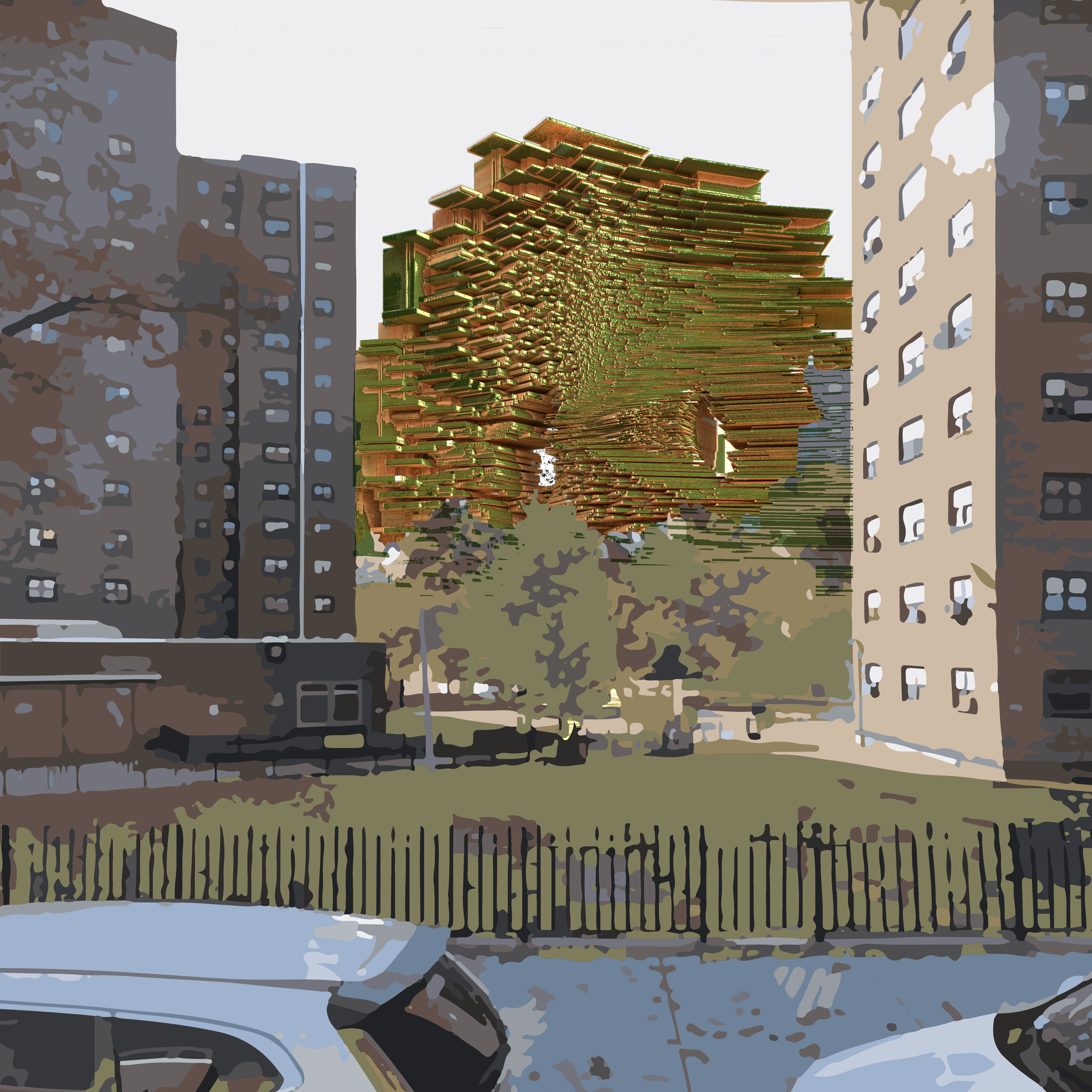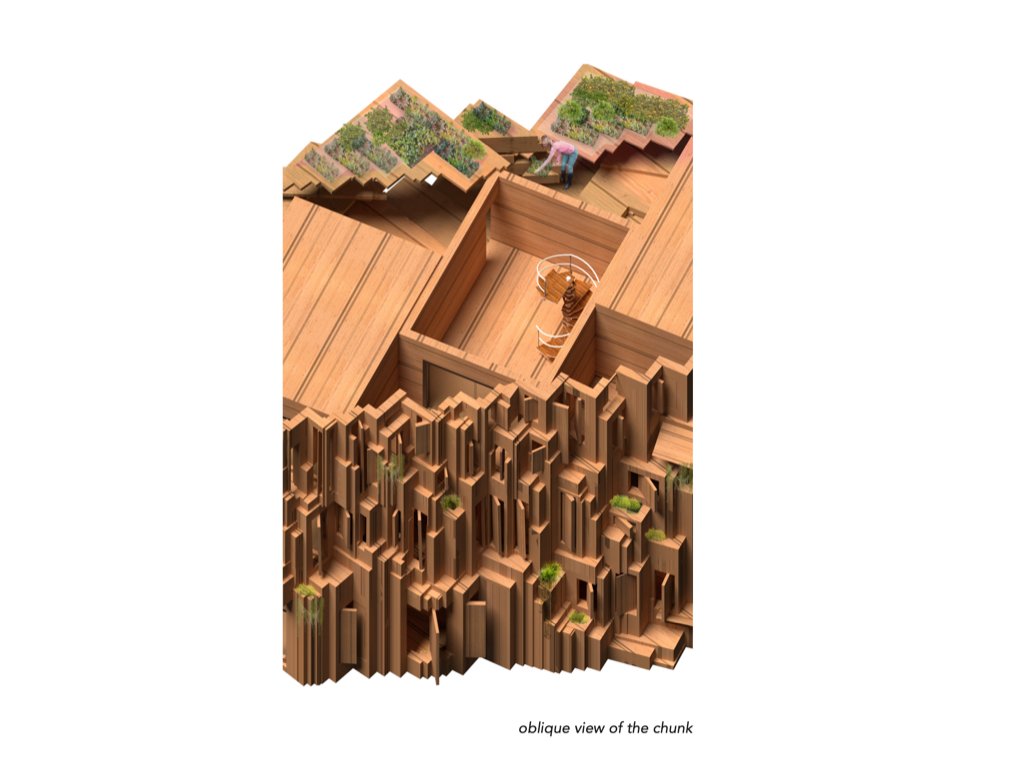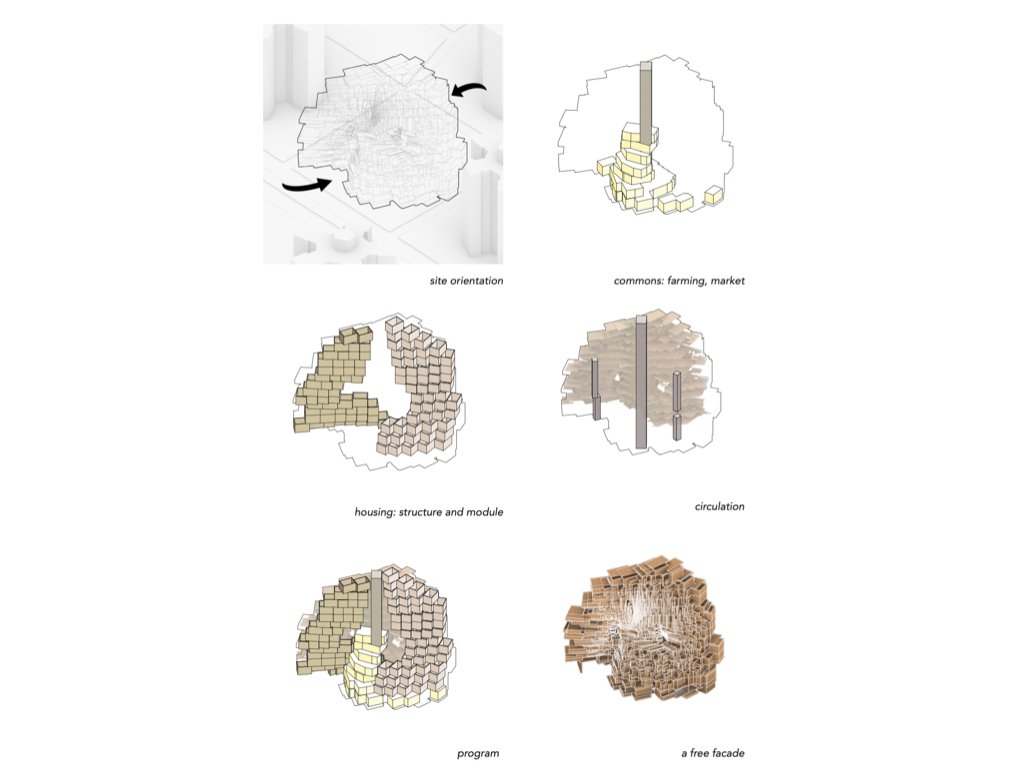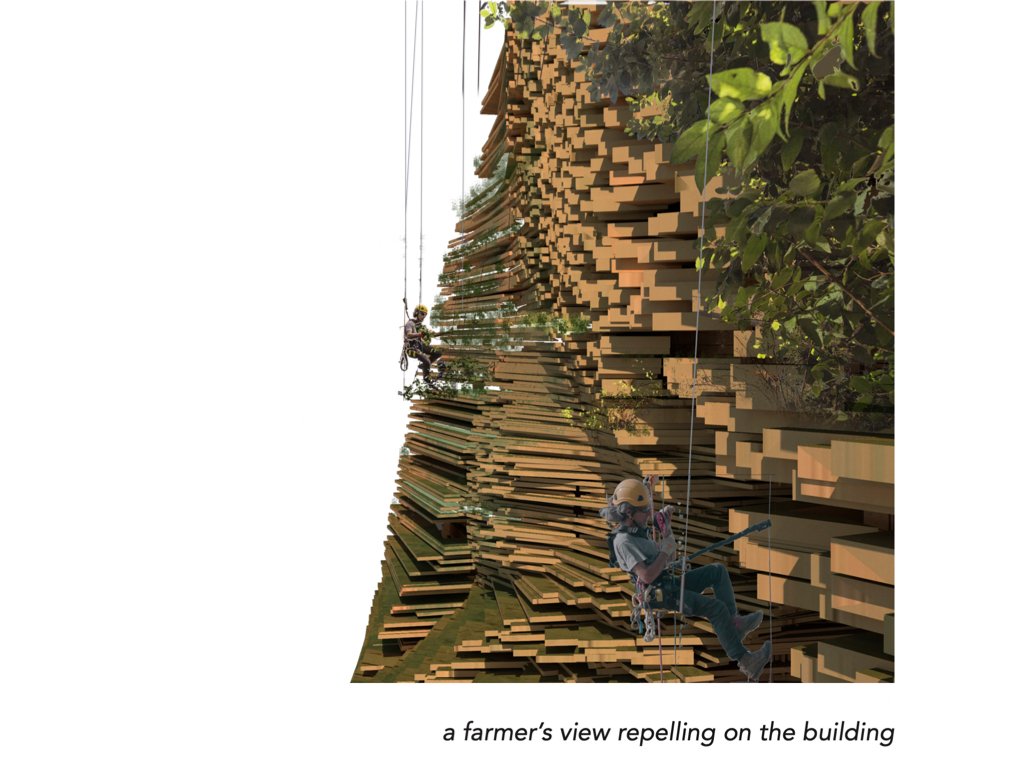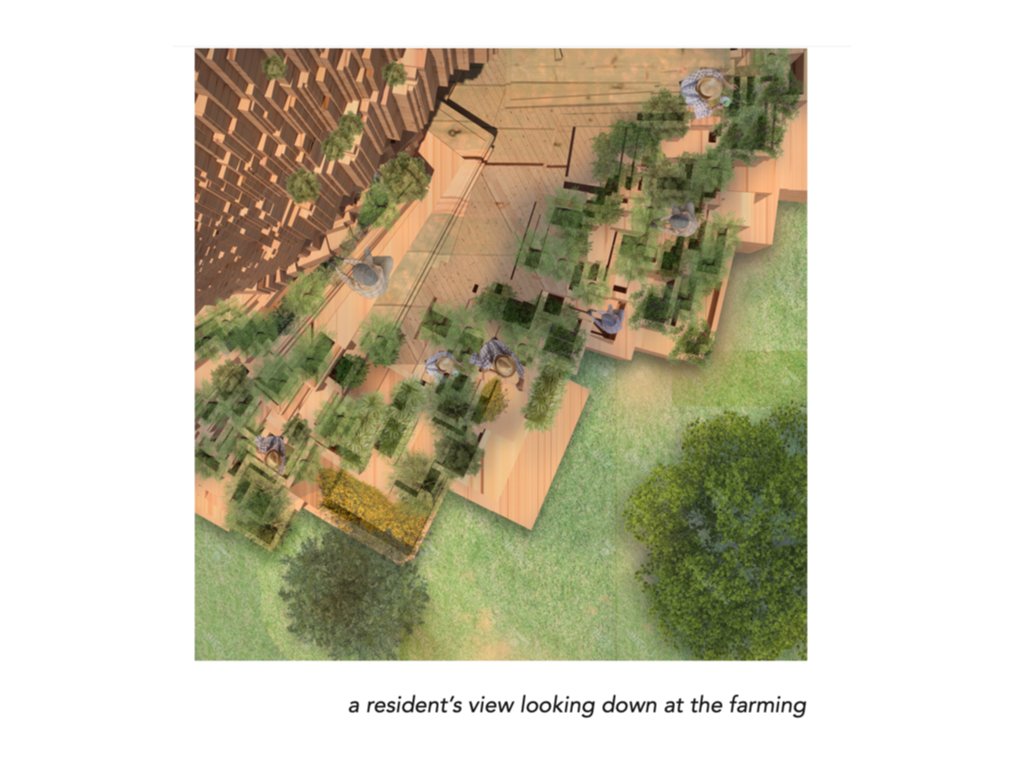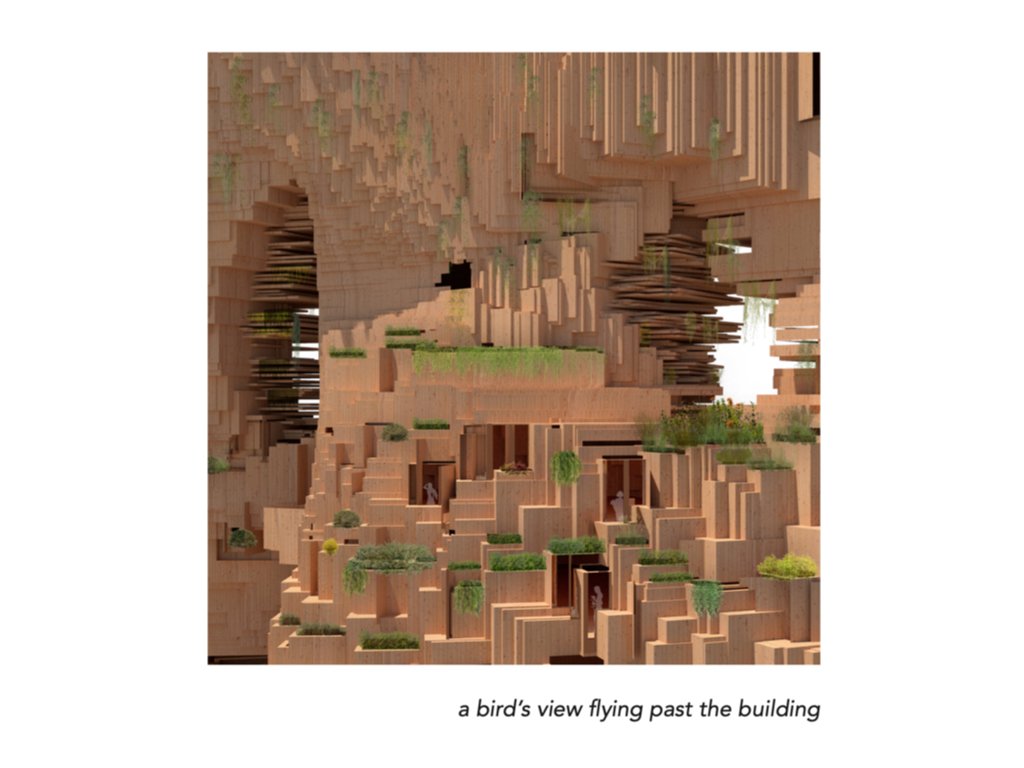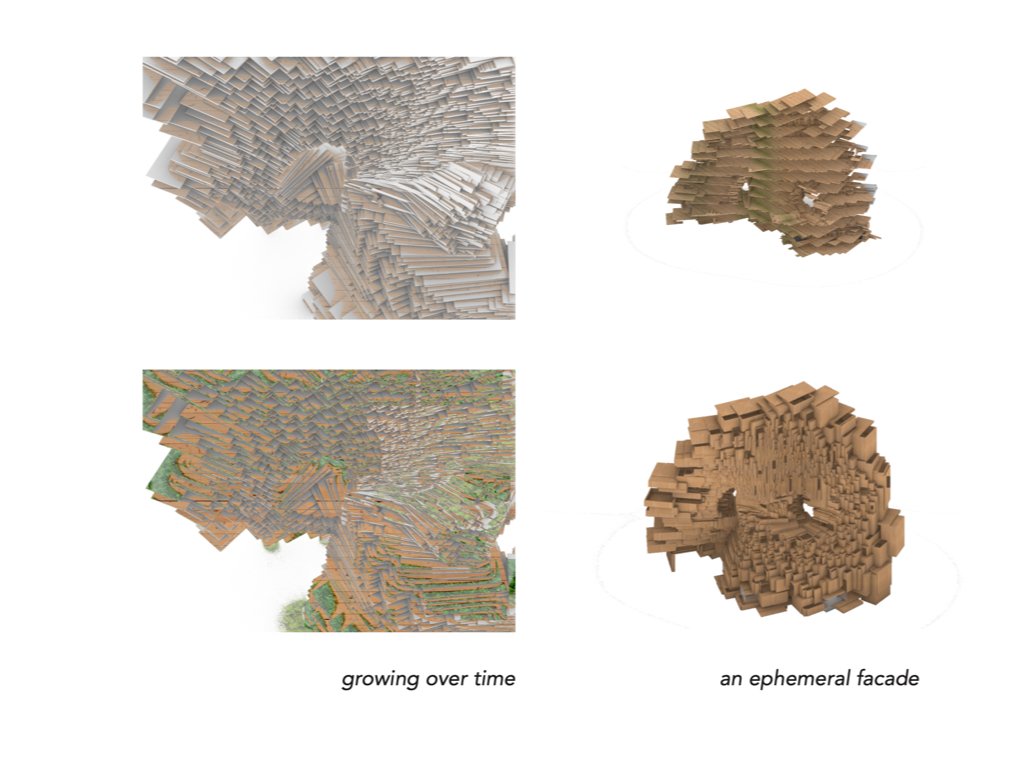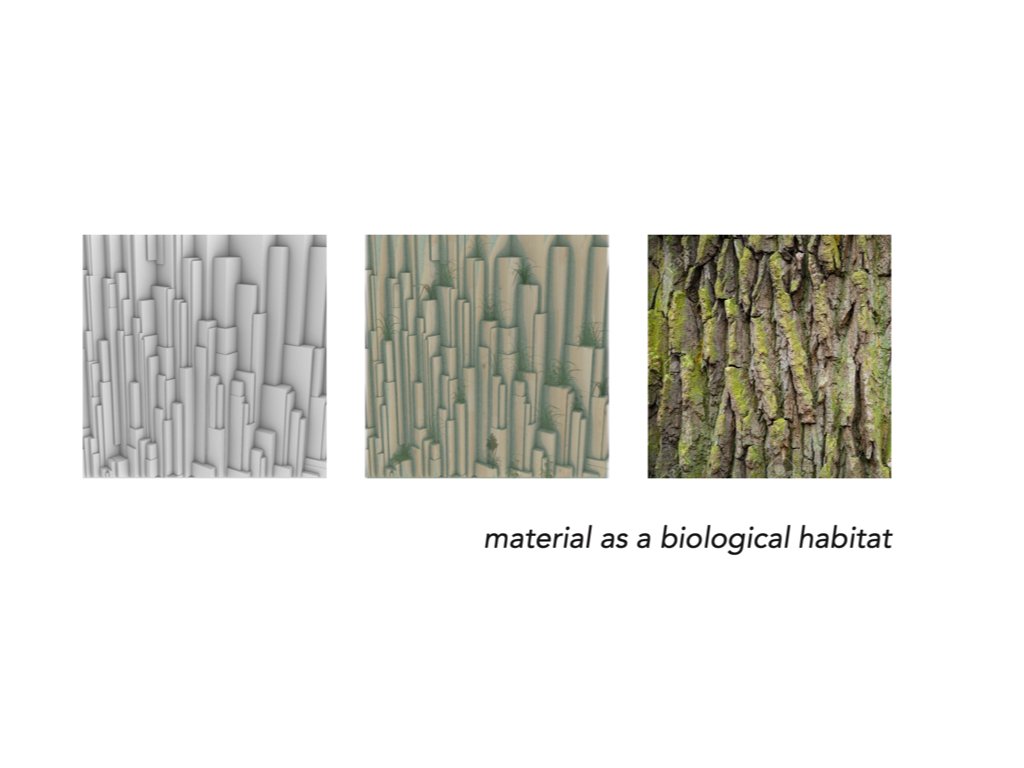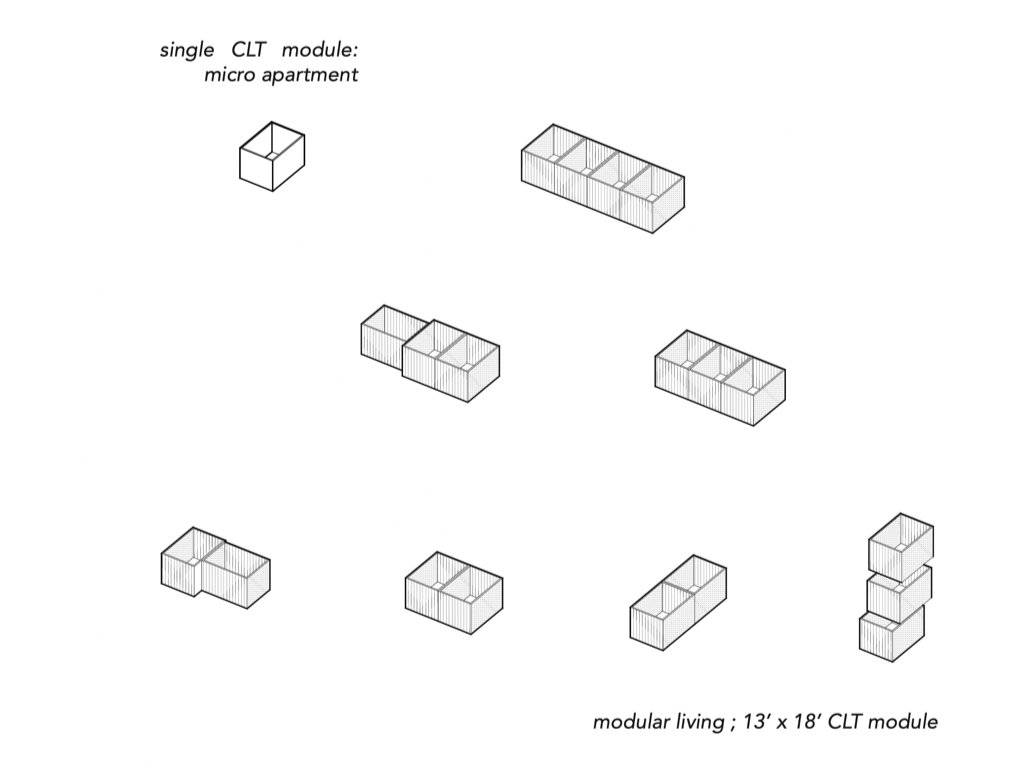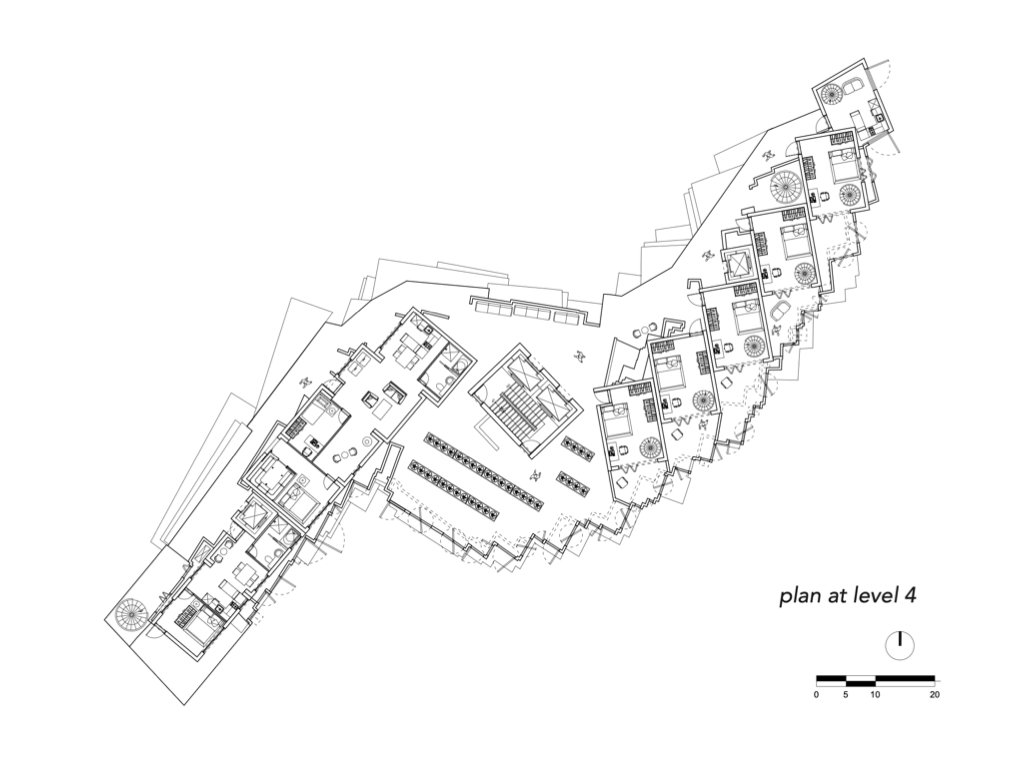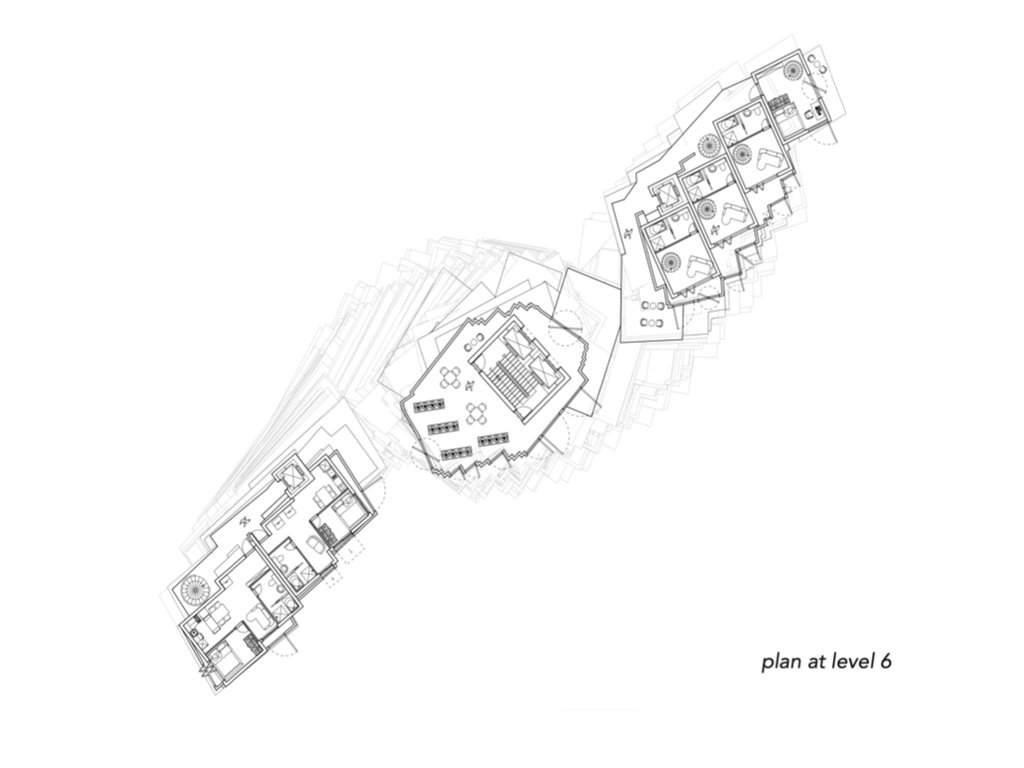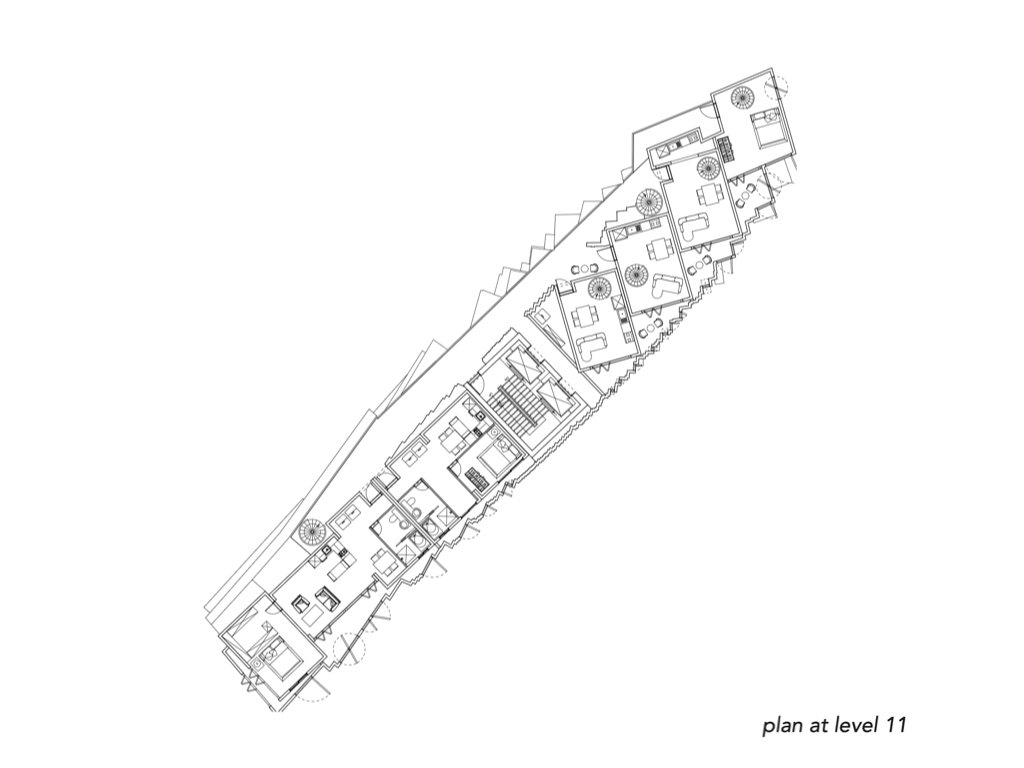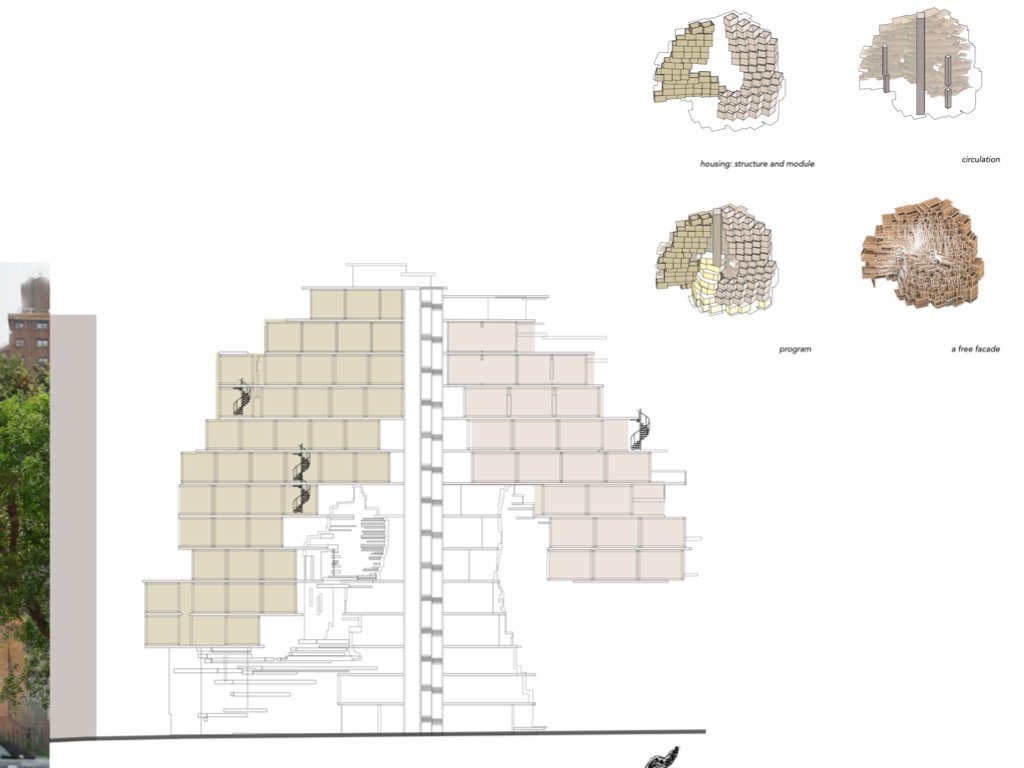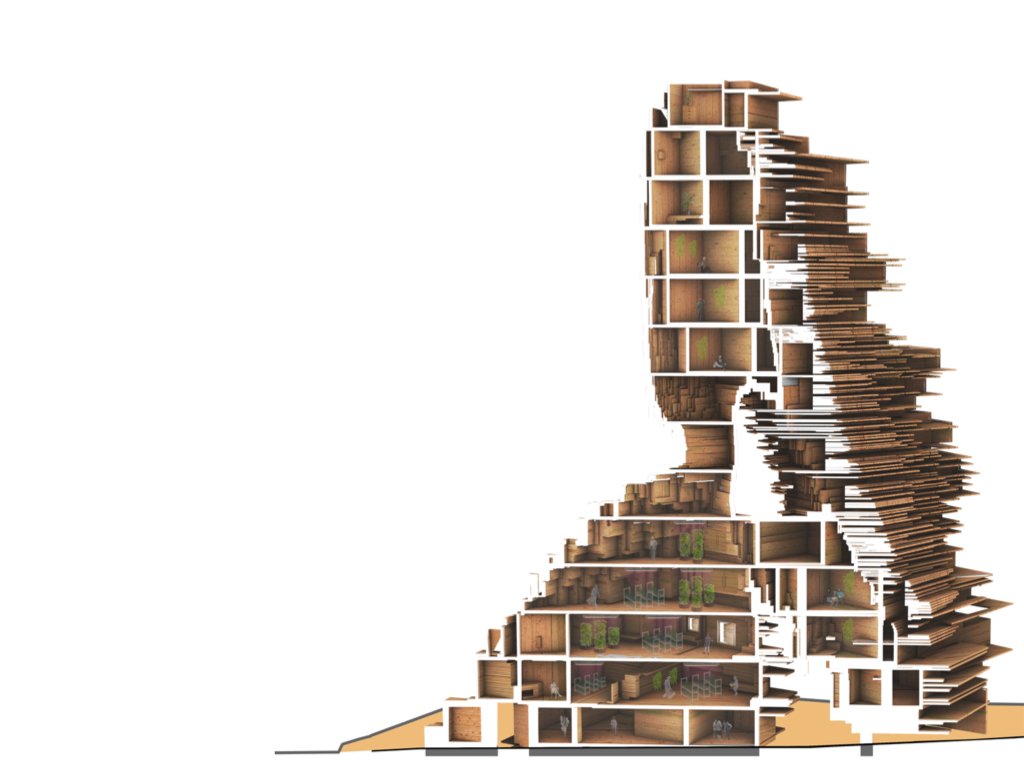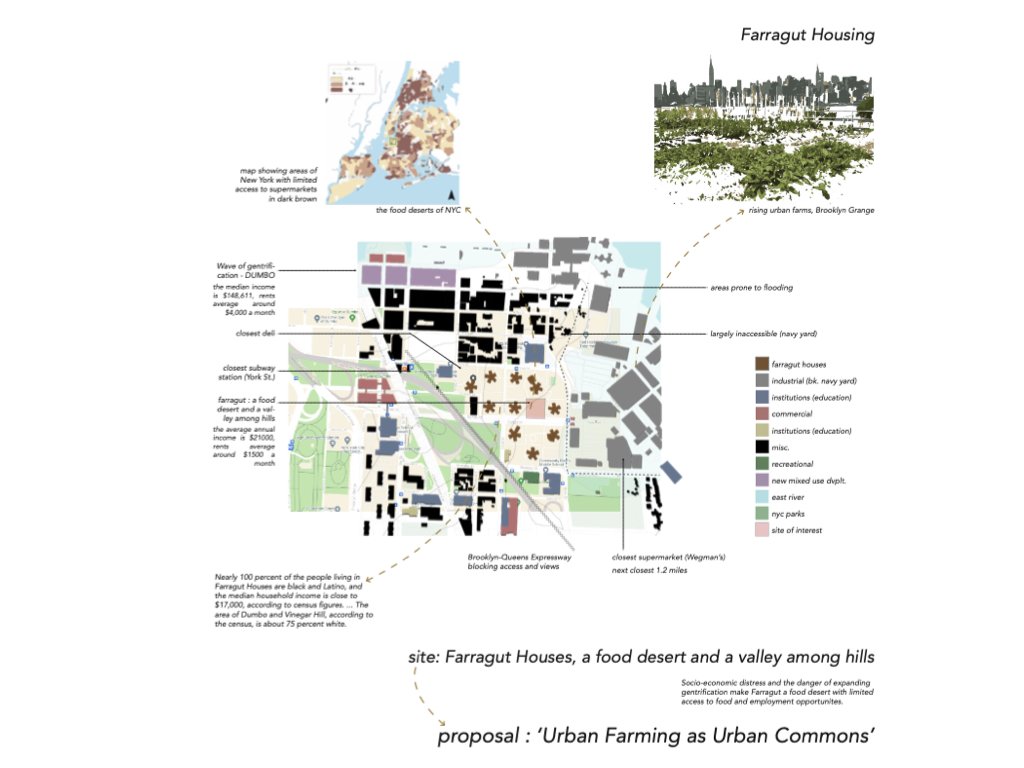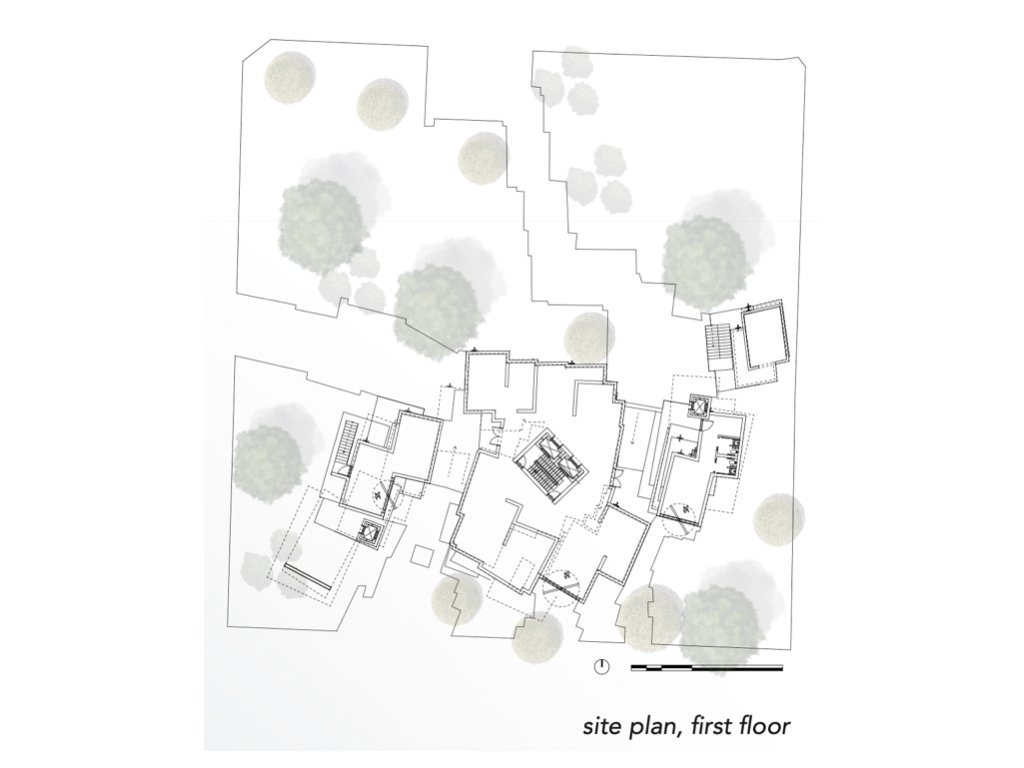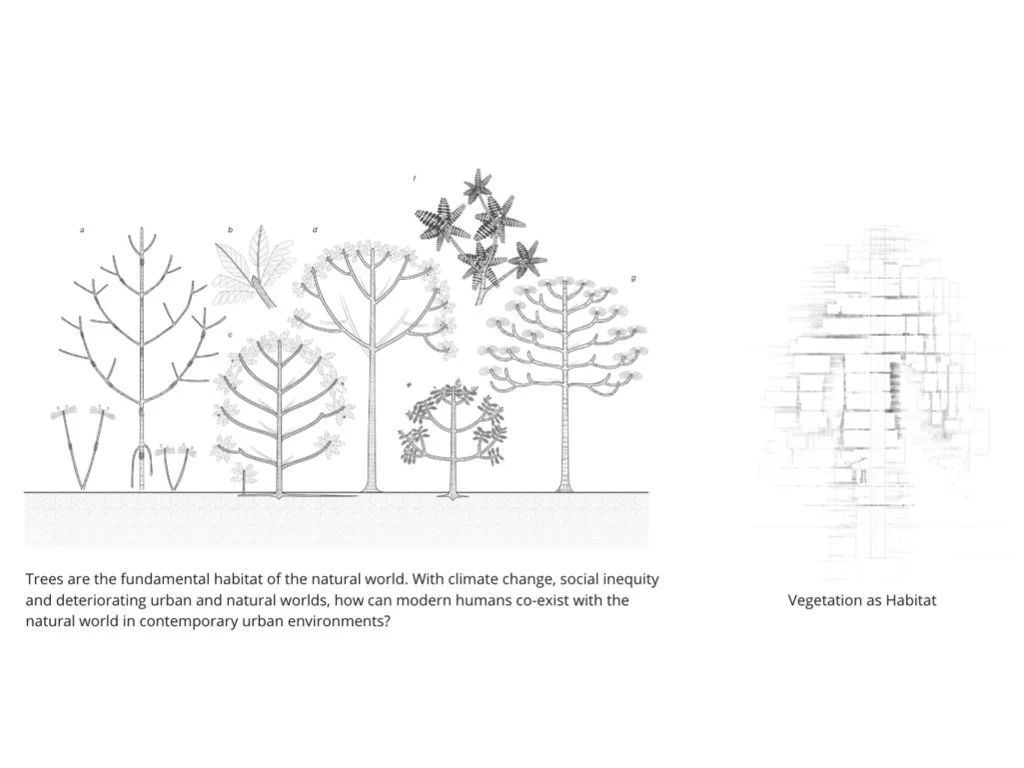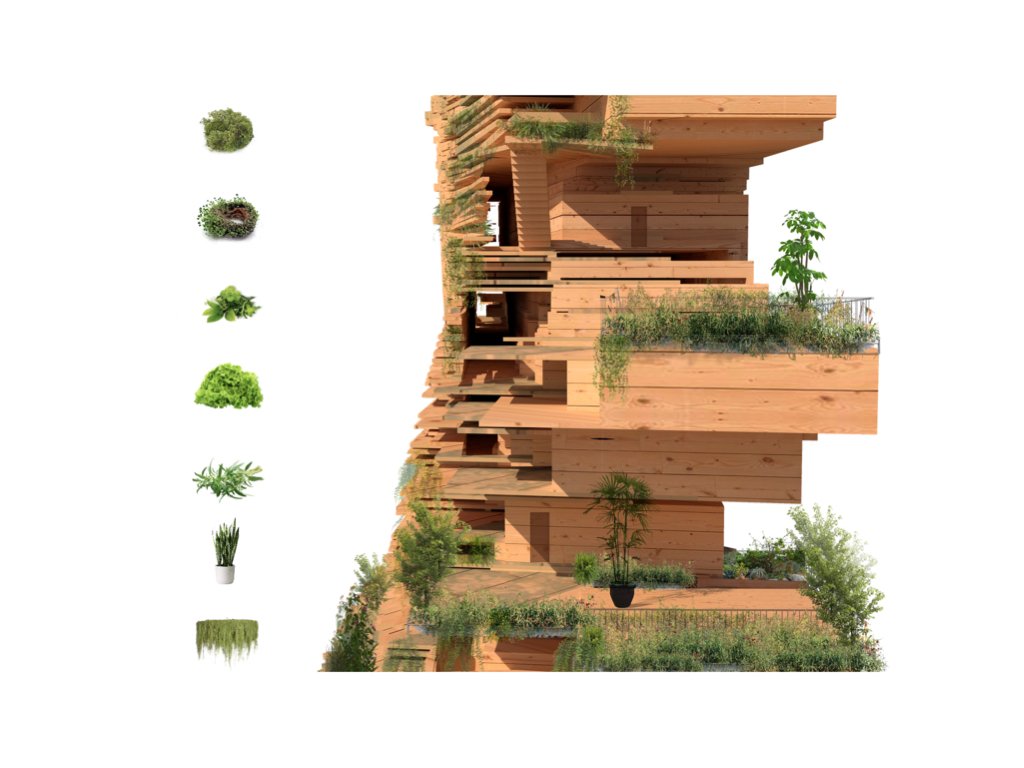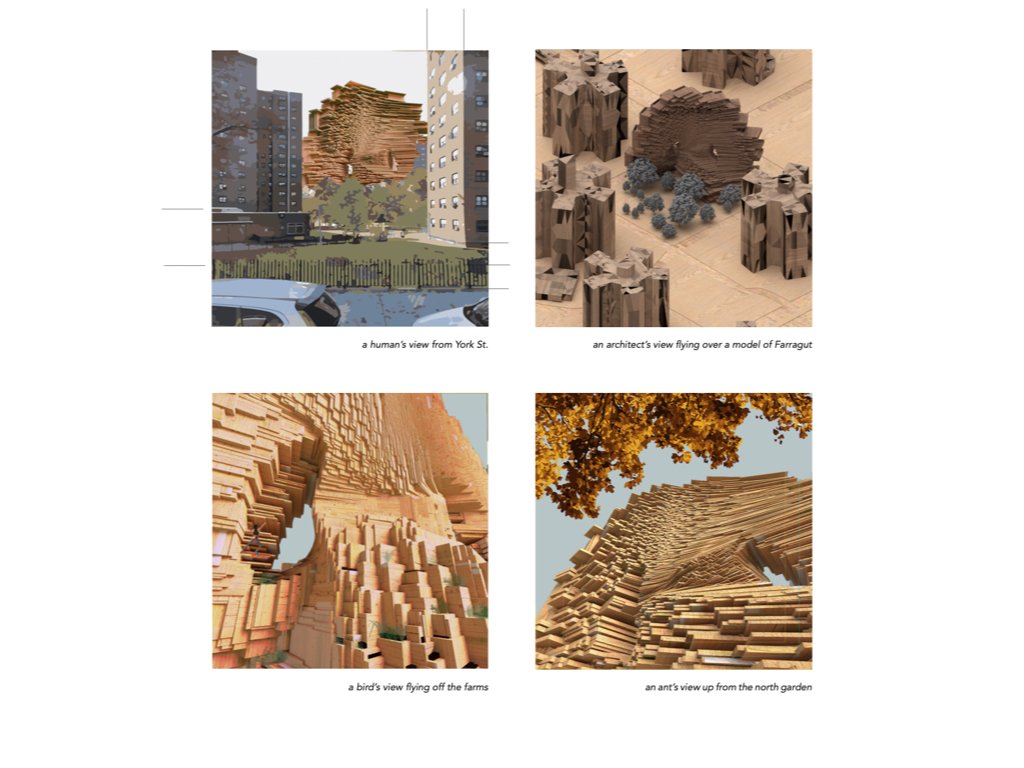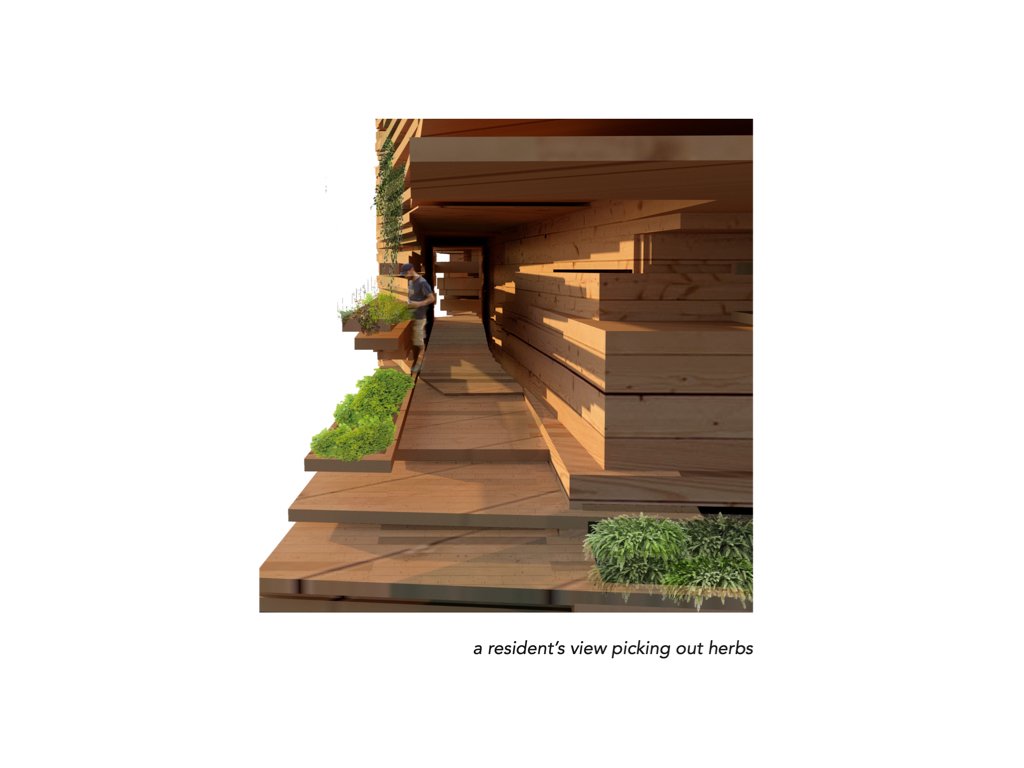namu kethi
urban farming as urban commons
Urban Housing, Fall 2021, M.Arch.: year 2, semester 3, Pratt school of Architecture, New York
faculty: prof. sulan kolatan course co-ordinator: prof. erich shonenberger published by Pratt; university distinction; Design Partner: Serdi Wi
Namu Kethi combines the Korean word for trees and the Punjabi word for farming—bringing togeth- er cultures and ideas to propose a new model of housing combining urban farming and dense urban dwelling.
In the age of architectural emergency, trees and flo- ra must go beyond their architectural definitions as objects or material. They must begin forming spatial practice with networks and connections to create a symbiosis between human intervention and natural processes. The act of planting, a socio-political act by some regard, must be intended to have mean- ing. A meaning of authentic biodiversity, ecological diversity and ecological justice. This flows into the idea of the seed of the plant becoming food but also a habitat for humanity.
With the Farragut Housing in New York City, a food desert in an increasingly gentrifying Brooklyn, as a backdrop, the project takes cues from its context and allows for cohabitation of humans, flora and fauna in the architecture of the material, in this case, mass timber, becoming a biological habitat, much like trees themselves.

